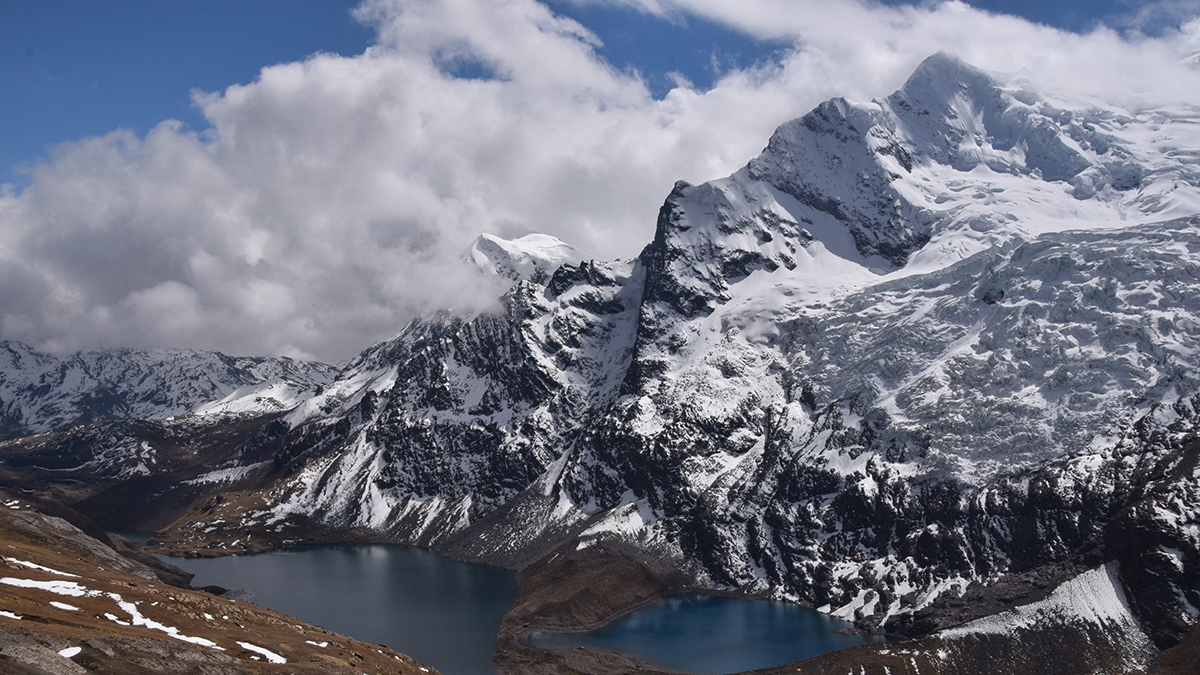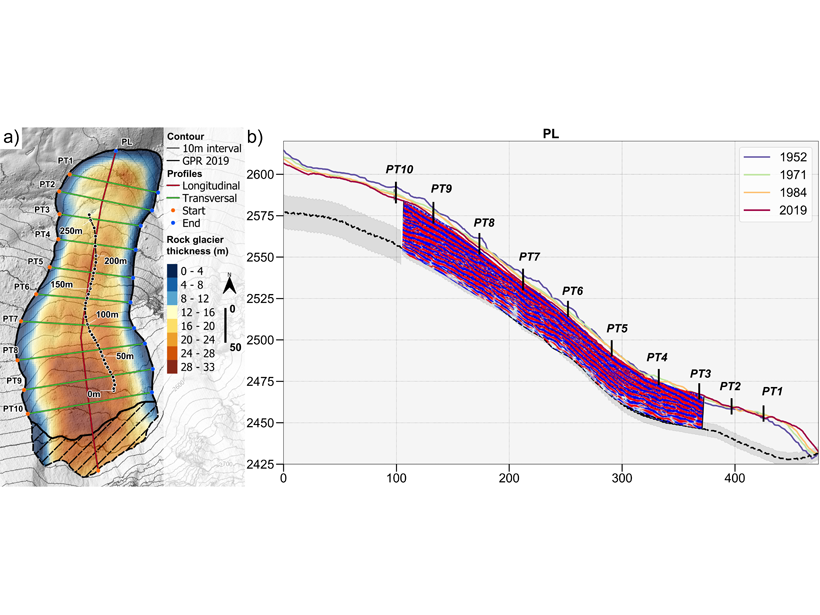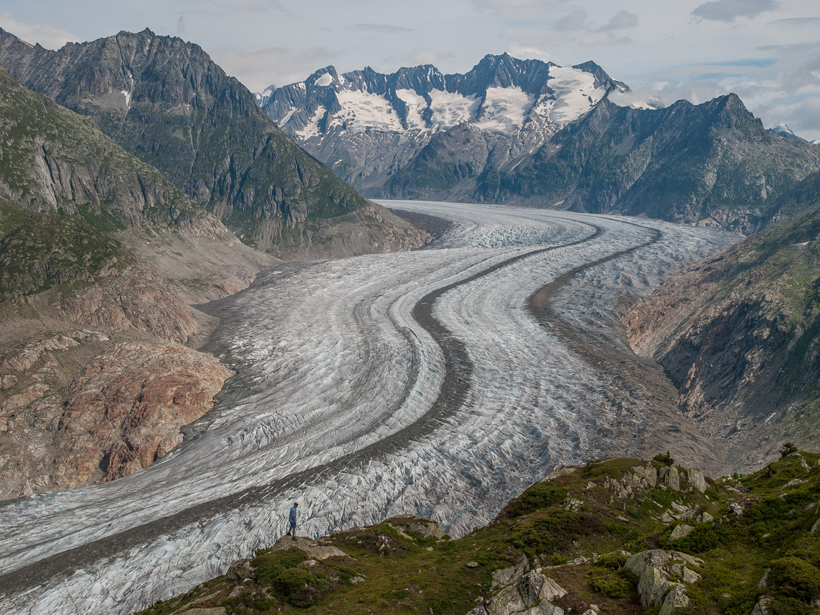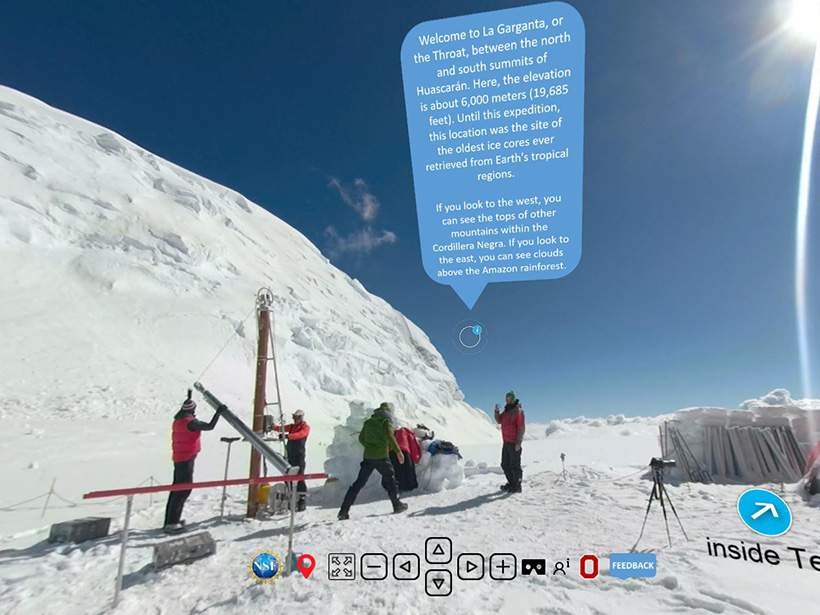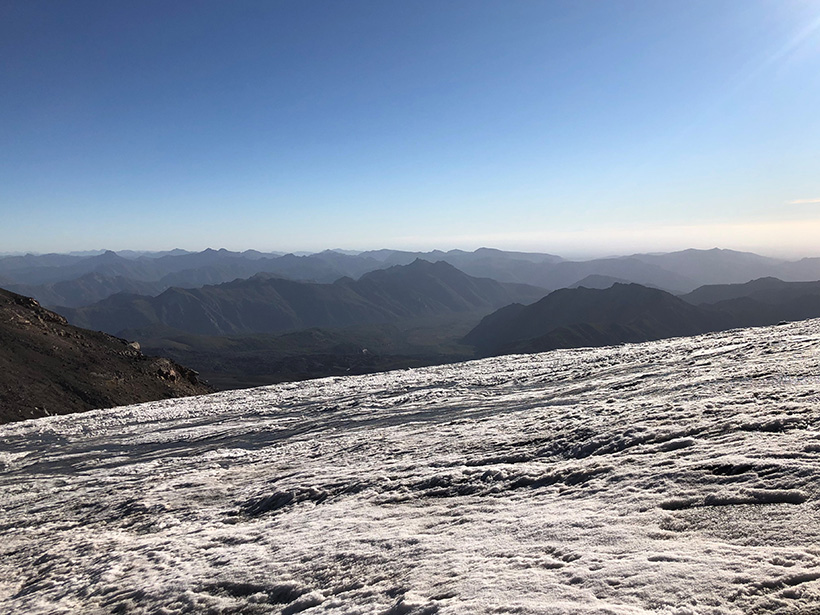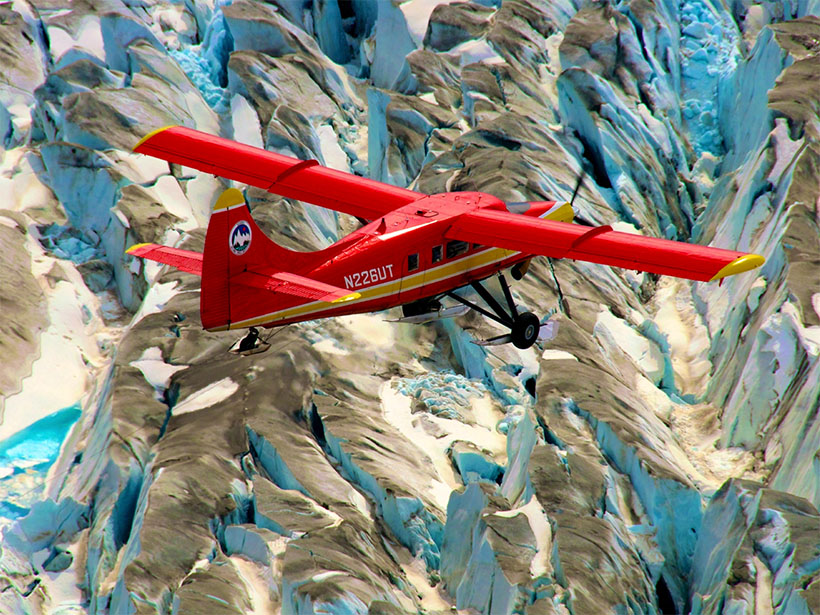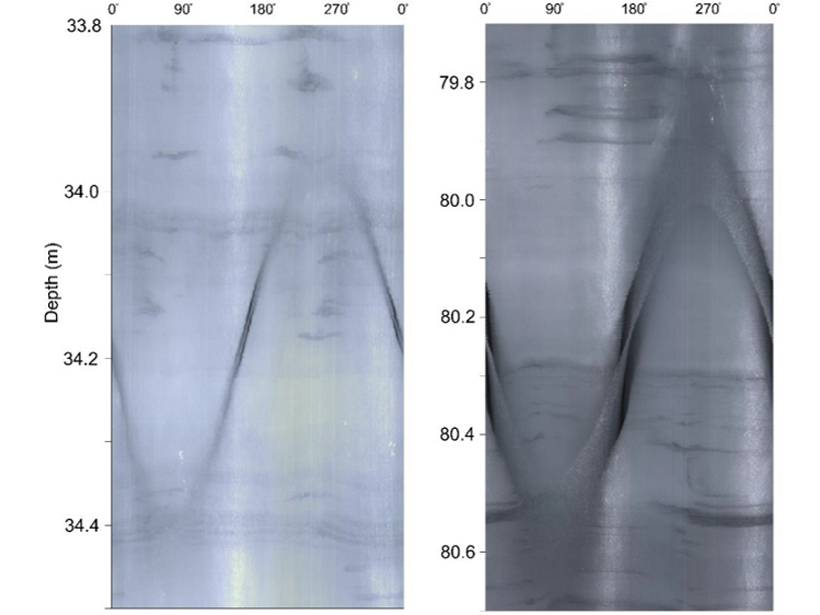Integrated approaches are needed to understand and respond to changes in tropical mountain ecosystems and communities brought about by receding glaciers and changes in land use.
glaciers & ice sheets
Pyrenees Glaciers Are Rapidly Disappearing
Three of the remaining glaciers in the Pyrenees mountain range stopped flowing in the past decade.
Revealing How Rock Glaciers Respond to Climate Change
Detailed measurements of the geometry and flow of Laurichard rock glacier over 67 years reveal the distinctive behavior of these landforms through periods of warming and cooling.
Glacier Structures: History Written in the Ice
As Earth’s climate heats up, glacier structures are being revealed in unprecedented detail, allowing glaciologists to understand how the behavior of glaciers has changed over centuries to millennia.
Undertaking Adventure to Make Sense of Subglacial Plumes
Novel observations and inventive analyses of glacial discharge in Greenland have revealed new insights into the irregular and chaotic nature of ice-ocean interactions at glacial calving fronts.
Virtual Tours Through the Ice Using Everyday Tools
The Byrd Polar and Climate Research Center is training scientists to create immersive virtual field experiences of glaciers, sea ice, and snow.
Chile’s Glacier Protection Law Needs Grounding in Sound Science
In the works for more than a decade, proposed legislation to protect glacial and permafrost environments in Chile suffers from uncertainties and omissions that could sow conflict instead of solutions.
Wheels Down for NASA’s Operation IceBridge
Over a 13-year period, almost a thousand flights surveyed land and sea ice across the Arctic, Antarctic, and Alaska, providing unique insights into how the polar regions are changing.
Evidence of Crevasses Transporting Heat Deep into Greenland Ice
Crevasses are a feature of ice sheets but how deep they extend has been a mystery. Now crevasse traces have been visually identified to 265 meters in a borehole in a fast-moving outlet glacier.
An Ancient Meltwater Pulse Raised Sea Levels by 18 Meters
Meltwater pulse 1A, a period of rapid sea level rise after the last deglaciation, was powered by melting ice from North America and Scandinavia, according to new research.

